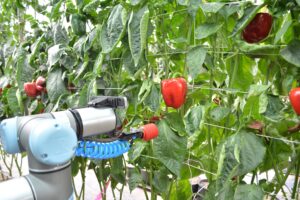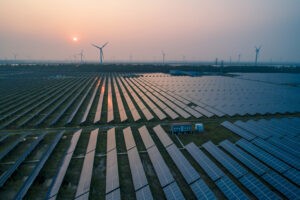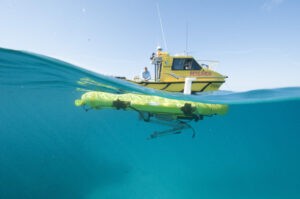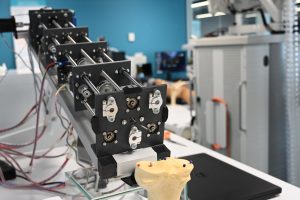Science and Research Priorities

The Australian Science and Research Priorities identifies areas of immediate and critical importance to the nation.
Developed in 2015 by the Australian Federal Government, and reviewed biennially, Australia’s Science and Research Priorities are designed to increase investment in areas of immediate and critical importance to Australia and its place in the world. Australia depends on science and research to increase productivity, achieve sustainable economic growth, create jobs, and improve national well-being. Australian science also contributes to the global stock of knowledge across a broad range of areas. These priorities are listed below and the priorities in bold indicate areas where there is overlap with the Centre’s research.
Food

-
- knowledge of global and domestic demand, supply chains and the identification of country specific preferences for food Australia can produce
- knowledge of the social, economic and other barriers to achieving access to healthy Australian foods
- enhanced food production through:
- novel technologies, such as sensors, robotics, real-time data systems and traceability, all integrated into the full production chain
- better management and use of waste and water; increased food quality, safety, stability and shelf life
- protection of food sources through enhanced biosecurity
- genetic composition of food sources appropriate for present and emerging Australian conditions.
Resources
- a fundamental understanding of the physical state of the Australian crust, its resource endowment and recovery
- knowledge of environmental issues associated with resource extraction
- lowering the risk to sedimentary basins and marine environments due to resource extraction
- technologies to optimise yield through effective and efficient resource extraction, processing and waste management.
Soil and water
- new and integrated national observing systems, technologies and modelling frameworks across the soil-atmosphere-water-marine systems
- better understanding of sustainable limits for productive use of soil, freshwater, river flows and water rights, terrestrial and marine ecosystems
- minimising damage to, and developing solutions for restoration and remediation of, soil, fresh and potable water, urban catchments and marine systems.
Cyber security

-
-
-
-
-
-
-
-
-
-
-
-
-
- highly-secure and resilient communications and data acquisition, storage, retention and analysis for government, defence, business, transport systems, emergency and health services
- secure, trustworthy and fault-tolerant technologies for software applications, mobile devices, cloud computing and critical infrastructure
- new technologies and approaches to support the nation’s cybersecurity: discovery and understanding of vulnerabilities, threats and their impacts, enabling improved risk-based decision making, resilience and effective responses to cyber intrusions and attacks
- understanding the scale of the cyber security challenge for Australia, including the social factors informing individual, organisational, and national attitudes towards cyber security.
-
-
-
-
-
-
-
-
-
-
-
-
Photo credit: Yuichiro Chino, Moment, Getty Images
Energy

- low emission energy production from fossil fuels and other sources
- new clean energy sources and storage technologies that are efficient, cost-effective and reliable
- Australian electricity grids that can readily integrate and more efficiently transmit energy from all sources including low- and zero-carbon sources.
Advanced manufacturing
- knowledge of Australia’s comparative advantages, constraints and capacity to meet current and emerging global and domestic demand
- cross-cutting technologies that will de-risk, scale up, and add value to Australian manufactured products
- specialised, high value-add areas such as high-performance materials, composites, alloys and polymers.
Transport
- low emission fuels and technologies for domestic and global markets
- improved logistics, modelling and regulation: urban design, autonomous vehicles, electrified transport, sensor technologies, real time data and spatial analysis
- effective pricing, operation, and resource allocation.
Environmental change

-
-
-
-
-
-
-
-
-
-
-
-
-
- improved accuracy and precision in predicting and measuring the impact of environmental changes caused by climate and local factors
- resilient urban, rural and regional infrastructure
- options for responding and adapting to the impacts of environmental change on biological systems, urban and rural communities and industry.
-
-
-
-
-
-
-
-
-
-
-
-
Health

- better models of health care and services that improve outcomes, reduce disparities for disadvantaged and vulnerable groups, increase efficiency and provide greater value for a given expenditure
- improved prediction, identification, tracking, prevention and management of emerging local and regional health threats
- better health outcomes for Indigenous people, with strategies for both urban and regional communities
- effective technologies for individuals to manage their own health care, for example, using mobile apps, remote monitoring and online access to therapies.
Feature image photo credit: Colin Anderson Productions pty ltd, DigitalVision, Getty Images